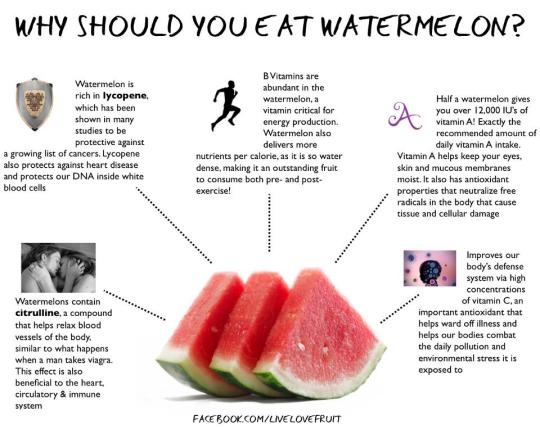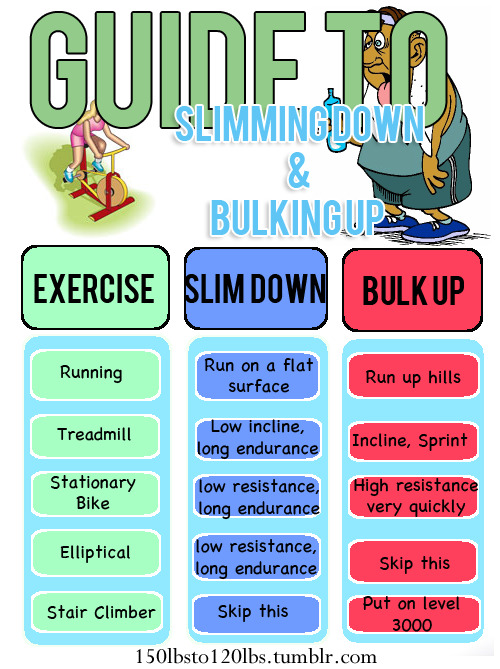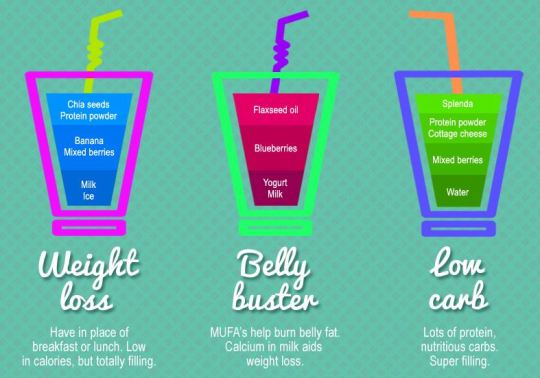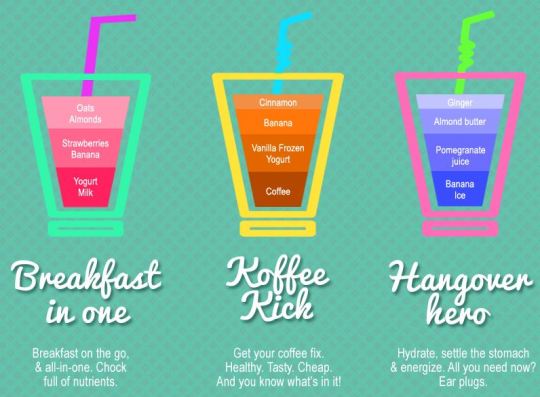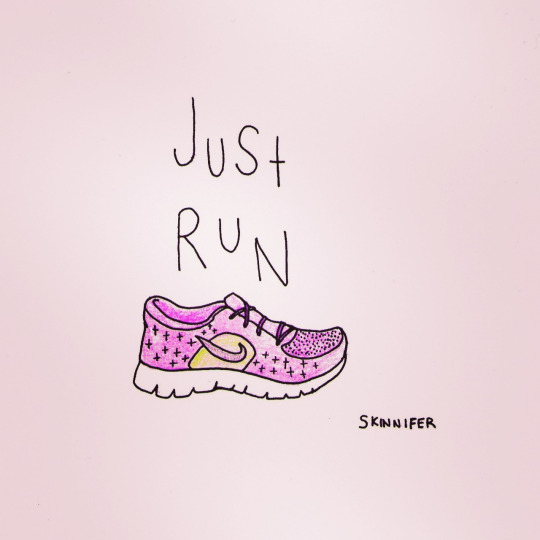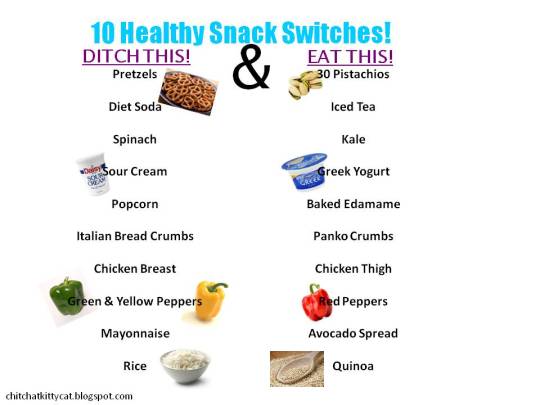Text
The 20 Best Foods to Eat for Breakfast
1. Oatmeal
You may have noticed a heart-shaped seal on your box of oatmeal recently. The seal's there because oats contain beta-glucan, a type of fiber that's been shown to help lower cholesterol when eaten regularly. Need another reason to dig in? Oats are also rich in omega-3 fatty acids, folate, and potassium.
Steel-cut oats, which take about 15 minutes to cook, contain more fiber than rolled oats or instant varieties, but any type of oatmeal is a healthy choice. Just avoid the flavored kinds, which can be packed with sugar. Instead, sweeten your bowl with milk and a bit of honey, and top with fruit and nuts.
2. Greek Yogurt
This tangy, creamy yogurt is loaded with calcium and boasts plenty of protein—nearly twice as much as regular yogurt—to keep you feeling full throughout the morning. Your best bet: Choose a plain, nonfat variety, and add some fruit to give it some sweetness and flavor (and a dose of added nutrition).
3. Wheat Germ (sounds gross, but...)
A little wheat germ goes a long way. Just two tablespoons provides about 15% of your recommended daily intake ofvitamin E and 10% of your daily folate. Vitamin E is often a little low in people's diets, so this is a good way to add in some extra—especially if you don't eat a lot of nuts or seeds, two other big sources.
It's easy to incorporate wheat germ into almost any meal, including your go-to breakfasts: Sprinkle it over cereal, stir it into yogurt, or mix it into a smoothie.
4. Grapefruit
Trying to lose weight? According to one study, eating half a grapefruit before each meal may help you slim down faster, thanks to the fruit's fat-burning properties and its beneficial effect on blood sugar and insulin levels. Grapefruit is also hydrating, filling, and packed with immunity-boosting antioxidants. For a well-rounded breakfast, pair it with protein—such as yogurt or an egg. But check with your doctor first if you take any medications, as grapefruit and grapefruit juice can interfere with some prescription drugs.
5. Bananas
There's nothing like a banana at breakfast to keep those mid-morning cravings at bay. The yellow fruit—especially when they're still a touch green—are one of the best sources of resistant starch, a healthy carbohydrate that keeps you feeling fuller longer. Slice it up and add it to cereal or oatmeal. It will add natural sweetness, so you may not need additional sugar. Thanks to a healthy dose of potassium, an electrolyte that helps lower blood pressure naturally, bananas are a particularly good choice for people with hypertension.
6. Eggs
These incredible edibles have made quite a comeback in recent years. Once shunned for being high in dietary cholesterol (one yolk contains about 60% of your daily allotment), eggs are now embraced as a healthy source of protein and nutrients like vitamin D. Why the turnabout? Research has shown that the cholesterol in our food has less of an impact on blood cholesterol than previously thought. If, overall, you're choosing lean proteins and not eating a ton of fat and cholesterol, then eggs are a great thing to have in your diet. The American Heart Association recommends that people with normal cholesterol limit their cholesterol intake to 300 milligrams per day.
7. Almond Butter
Don't eat eggs or dairy? Almond butter is an excellent alternate source of protein, and it's filled with monounsaturated fat (one of the good fats). Plus, it's really delicious spread on whole grain bread or paired with a banana or an apple. Nutritionally, almond butter is comparable to peanut butter, and they each have about 100 calories per tablespoon. Almond butter contains slightly less saturated fat, though—a definite point in its favor, even for people who aren't allergic to peanuts.
8. Watermelon
As its name suggests, watermelon is an excellent way to hydrate in the morning. What's less well known is this juicy fruit is among the best sources of lycopene—a nutrient found in red fruits and vegetables that's important for vision, heart health, and cancer prevention.
Best of all, watermelon contains just 40 calories per cup, landing it on lists of so-called negative-calorie foods that supposedly burn more calories during digestion than they add in. (Actually, it's a bit more complicated than that, but that's no reason to not eat watermelon!)
9. Flaxseed
Sprinkling ground flaxseed into a smoothie or bowl of cereal will turn your breakfast into a gold mine of omega-3 fatty acids; just two tablespoons contains more than 100% of your recommended daily intake for those heart-healthy fats. Flaxseed, which has a nutty flavor, also is rich in fiber and lignan, an antioxidant that's been shown to protect against breast cancer.
A word of caution: Whole flaxseeds will pass through your body without being digested, so be sure to buy them ground or grind them yourself with a coffee or spice grinder.
10. Blueberries
Fresh or frozen, these tiny superfruits pack a big antioxidant punch. Or better yet, a flurry of punches: Studies suggest that eating blueberries regularly can help improve everything from memory and motor skills to blood pressure and metabolism. (Wild blueberries, in particular, have one of the highest concentrations of the powerful antioxidants known as anthocyanins.)
Blueberries are also lower in calories than a lot of other fruits (they contain just 80 per cup), so you can pile them onto your cereal without worrying about your waistline.
11. Strawberries
Berries are superfoods because they're so high in antioxidants without being high in calories. One cup of strawberries, for instance, contains your full recommended daily intake of vitamin C, along with high quantities of folic acid and fiber.
Strawberries are good for your ticker, too. A 2013 study found that women were less likely to have a heart attack over an 18-year period if they ate more than three servings of strawberries or blueberries per week. (Strawberries, like blueberries, are a good source of anthocyanins.)
12. Coffee (yum!)
That espresso doesn't just wake you up. Coffee drinking has been linked to a lower risk of several diseases (such as diabetes and prostate cancer), and it may even help you live longer. Researchers suspect the combination of caffeine and antioxidants are responsible for many of the observed health benefits. (A 2005 study found that coffee is the number-one source of antioxidants in the U.S. diet, believe it or not.)
Of course, loading coffee up with cream and sugar may erase any potential benefits. So skip the fancy flavored drinks, and stick with skim milk.
13. Tea
Not a coffee person? Tea has a pretty impressive résumé of health benefits, too. Because it has less caffeine, it hydrates you more effectively than coffee, and it's also a rich source of the immunity-boosting antioxidants known as catechins.
All tea (black, green, or white) provides antioxidants, but green tea may be healthiest of all. Research suggests that drinking five cups a day can increase your body's metabolism and help you lose more weight around the middle.
14. Canteloupe
Any fruit is a good addition to your breakfast, and cantaloupe is no exception. A six-ounce serving (roughly a quarter-melon) contains just 50 calories and a full 100% of your recommended daily intake of both vitamin C and vitamin A, an important nutrient for smooth, younger-looking skin.
And, like most melons, cantaloupe has a high water concentration, which means it will help you stay hydrated and keep you feeling full until lunchtime.
15. Kiwis
This fuzzy little fruit has about 65 milligrams of vitamin C per serving—nearly as much as an orange. It's also rich in potassium and copper and contains more fiber per ounce than a banana, which makes it a good aid to digestion. (In one study, eating two kiwis a day for one month lessened constipation in people with irritable bowel syndrome.)
Kiwis are slightly tart. They're delicious by themselves, but if you prefer a sweeter flavor, try mixing them with strawberries and bananas in a smoothie or fruit salad.
16. Orange Juice
Fresh squeezed OJ is a classic (and tasty) morning beverage, but that doesn't mean it can't be improved on. For even more nutritional benefit, you'll want to opt for a store-bought variety that's fortified with vitamin D. Along with fatty fish and fortified milk, fortified OJ is one of the few dietary sources of the sunshine vitamin, higher levels of which have been linked to a lower risk of osteoporosis, depression, and certain cancers.
Whichever OJ you prefer, stick with one small glass a day. Fruit juice is high in calories and sugar, and shouldn't replace whole fruit in your diet.
17. Cranberry Juice
Cranberry juice, which helps limit bacterial growth, is best known for warding off urinary tract infections (UTIs), but its healing powers may not stop there. The tart juice appears to promote cardiovascular health, and preliminary research in petri dishes suggests that compounds in cranberries can even increase the effectiveness of certain ovarian cancer drugs.
As with OJ, though, you're better off sticking with small servings. Cranberry juice—not to be confused with cranberry juice cocktail—isn't as sugary as other fruit juices, but its high acidity can sometimes contribute to bladder problems besides UTIs.
18. Cereal
Cereal can be tricky, because there are so many different kinds out there. Something with at least 5 grams of fiber and less than 5 grams of sugar is probably your best bet.
You'll find this winning combo in many whole-grain or bran cereals(such as shredded wheat), which as an added bonus are often fortified with riboflavin, folic acid, and other essential nutrients.
Top off your bowl with skim milk and fruit for the complete package: whole grains to fill you up, protein to supply all-day energy, and antioxidants to keep your immune system humming.
19. Raspberries
These summer favorites are the main berry source of ellagitannins, a type of antioxidant that is thought to have cancer-fighting properties. They're also high in fiber (8 grams per cup), vitamin C, and vitamin K, which helps build strong bones.
Although you can buy fresh raspberries year-round, during the off-season you'll find them cheaper (and with equal nutritional value) in the frozen foods aisle. They're perfect as an addition to cereal or yogurt, or mixed into a smoothie for a quick, drink-on-the-go breakfast.
20. Whole Wheat Bread
Carbohydrates are a breakfast mainstay, but the type of carbs you choose can make a big difference in the overall health of your meal. The simple rule to remember is that whole wheat and other whole grains—whether they're found in bread, toast, or English muffins—contain more fiber and nutrients than their white, refined counterparts.
What you put on it matters, as well. Slathering your toast with butter or jelly just adds empty fat and calorie. Instead, get some protein by adding an egg or some almond butter.
5 notes
·
View notes
Link
WORKOUT (mix and match until you find a combo you like!)
- 3 sets of 20 pushups
- 3 sets of 20 squats (squat jumps for advanced)
- 100 sit ups
- 3 sets of 20 leg lifts
- 5 minutes jumping rope
- 5 minutes rowing machine
- 3 mile run
- 2 minute plank
- 1 minute side plank
- 3 sets of 20 russian twists
- 3 sets of 20 turkish get ups
FOOD (mix and match until you find a combo you like!)
Breakfast
- greek yogurt and honey
- cheerios with sliced bananas and skim milk
- 1 david egg and blueberries
- pop tart with and sliced strawberries
- oatmeal with craisins and brown sugar (cooked with milk)
- english muffin with cheddar cheese and 1 cooked egg
Lunch
- avocado and arugula sandwich
- pasta with pesto and sundried tomatoes
- green salad with beets, chickpeas, and oil and vinegar
- 6-8 avocado or cucumber rolls with soy sauce
- cup of soup with bread
- grilled whole wheat and cheddar, tuna or ham
Snack
- hummus and pita
- edamame
- apples and cinnamon sugar, or peanut butter
- carrot sticks and broccoli with ranch
- sweet potato chips
- frozen grapes
- avocado half with balsamic and salt
- 4 satsumas
- sesame seed bar
Dinner
- salmon and cous cous
- rosemary chicken with asparagus
- shrimp fried rice
- tortilla with beans, cheese, lettuce
- margherita pizza
Desert
- strawberries, yogurt, brown sugar
- sliced fruit
- frozen yogurt/peanut butter cup
- greek yogurt with chocolate chips and almonds
- brownie
- cookie
Drinks
- lemon water
- water
- iced tea, unsweetened
- sassy water
- cola
15 notes
·
View notes
Photo

Healthy Inspiration on We Heart It - http://weheartit.com/entry/54045052/via/niqy
1 note
·
View note
Text
Imagine waking up on the last day of march and knowing that you worked your ass off for 30 days straight. Imagine looking in the mirror and grinning because you're actually seeing results: your stomach is flatter and more toned, your legs are becoming shapely and 'dat ass' is looking rounder than ever. Imagine looking in that mirror and feeling proud that you ate clean for 30 days. Yes, you allowed yourself the occasional treat but in general you were fantastic and stuck to your healthy regime. Hell, you even enjoyed it. Imagine the feeling of pride you'll have, and the feeling of confidence knowing that now you've done one month the next month and the months after that will be easier. Imagine trying on some old jeans and feeling the space in the waist-band because you are so much slimmer now. 30 days. 2 Litres water per day, 30 minutes working out a day. A clean diet. That's all. Let's make March our fittest month yet. Who's with me?
20K notes
·
View notes
















